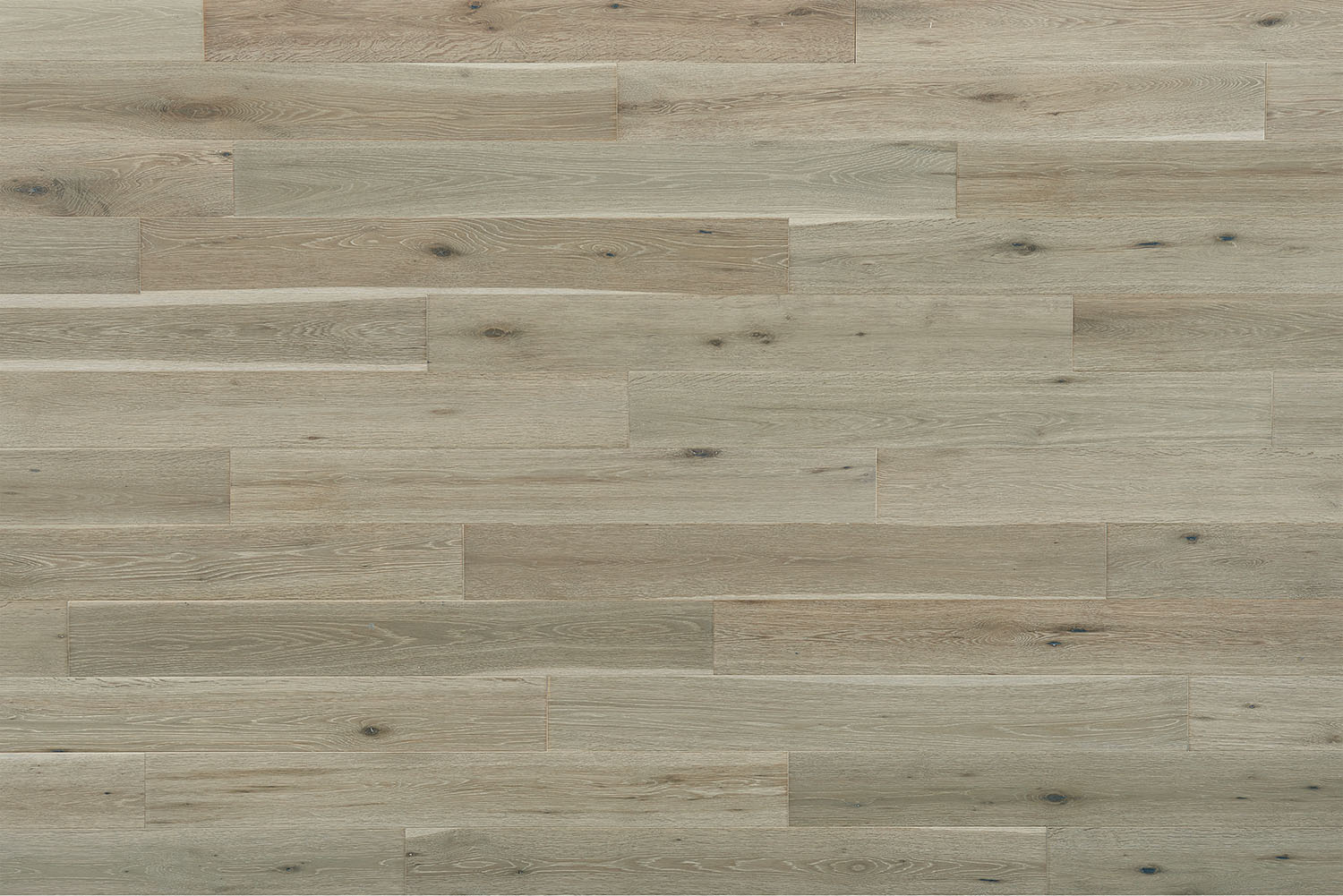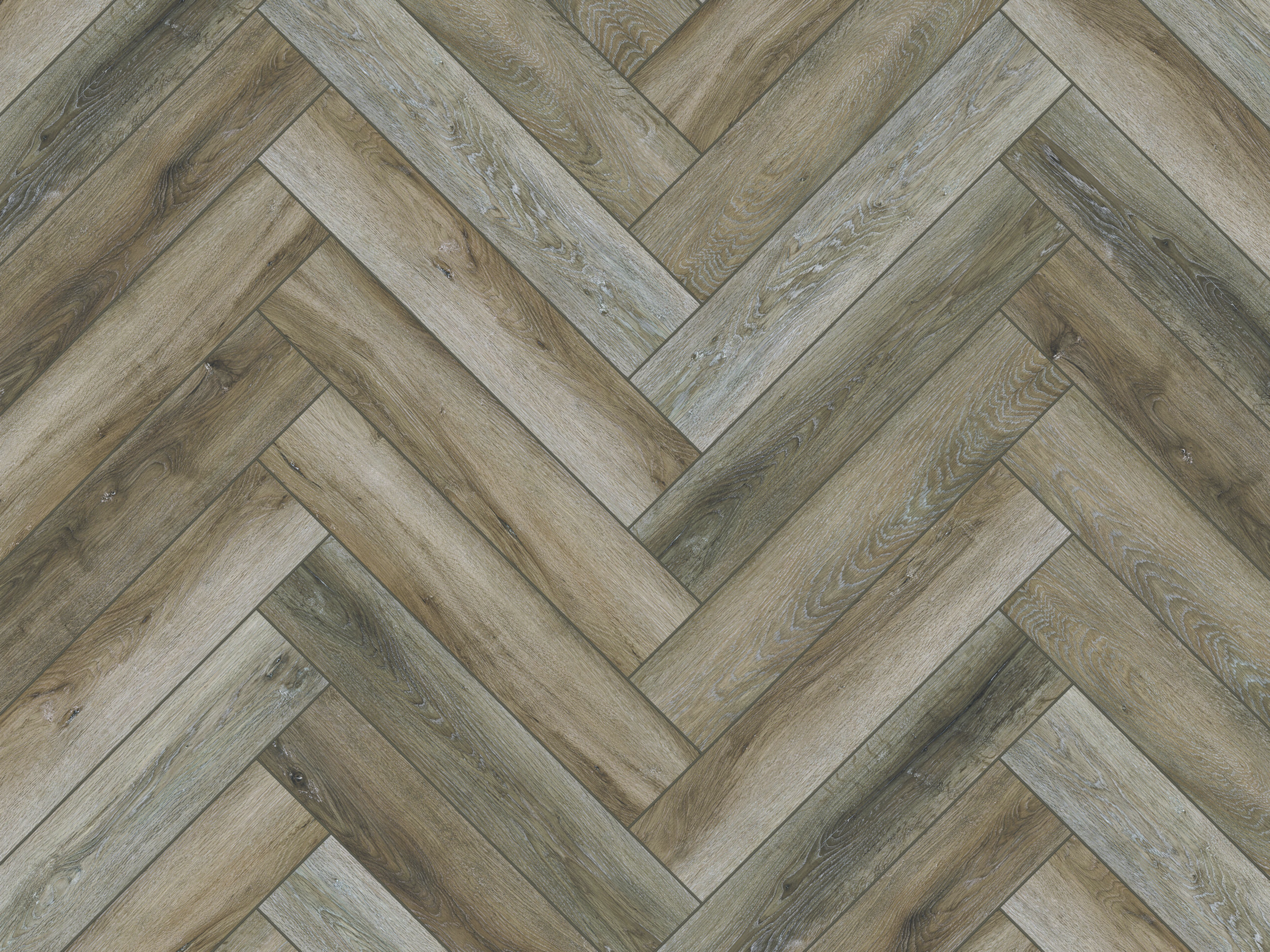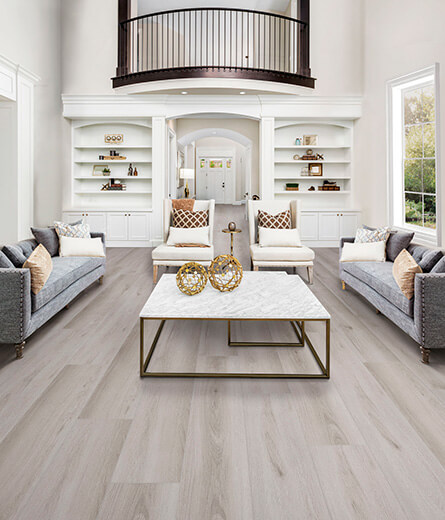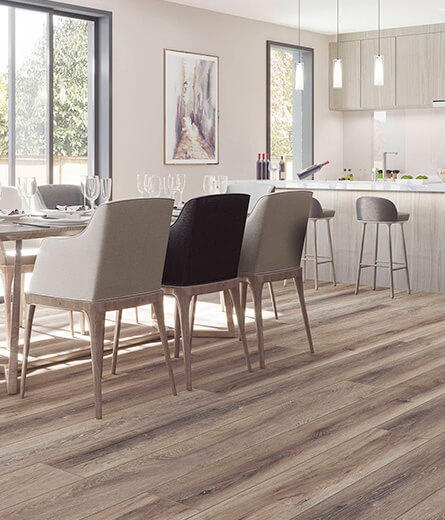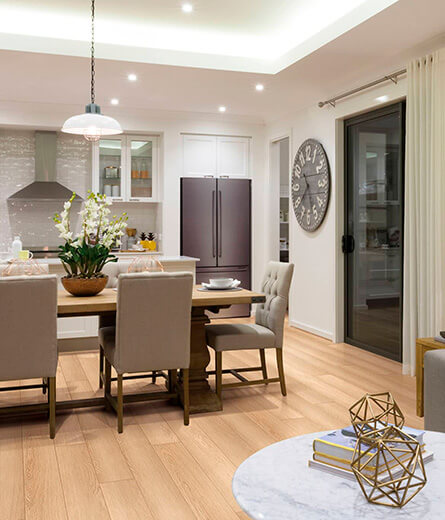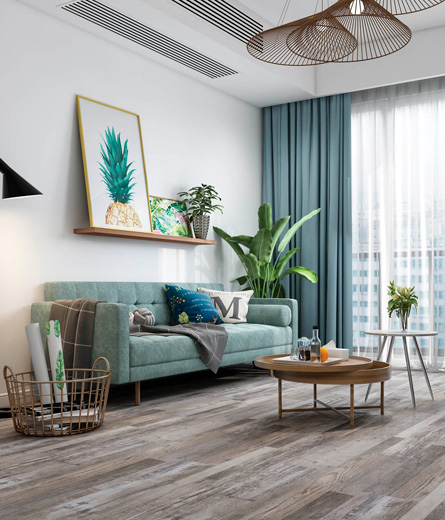ask the mission collection:
enginered VS. solid hardwood flooring:
which is best for my home?
No matter what style, color or species of wood you choose, it’s sure to have a positive impact on your interior design.
Solid wood is used to make hardwood flooring, which is one of the most popular types of flooring. Hardwood species like maple, oak, or walnut are typically used to make it. And because it is solid throughout, it has a longer lifespan, and it can be sanded and refinished several times during the life of the floor. Solid hardwood is available as unfinished which allows for custom staining or prefinished and ready to install out of the carton.
Engineered wood flooring has a surface appearance that is virtually comparable to that of solid wood. Engineered hardwood is environmentally friendly and sustainable when compared to most other types of flooring. Engineered construction uses less of the tree per plank than solid hardwoods. Engineered wood flooring has a veneer of traditional wood on top of its constructed core. The constructed core is generally made of thin wood sheets which are cross layered and glued together for a very stable core. Due to the stability of the core this construction offers more installation options, glue down, nail or float. Generally speaking, engineered floors come in a wider range of plank dimensions and a broad array of styles and colors offering greater design options. Although it can’t be refinished as frequently as solid flooring since the top layer is a thinner veneer of hardwood, it can still endure decades of use or longer with good upkeep. The decision is quite personal because both surfaces can be used residentially or commercially and both offer practically comparable benefits.
wood flooringHardwood species are carefully selected to make our hardwood flooring collections. While walnut, cherry, oak, and maple are common species, European white oak has captured the market due to its gray-brown undertones, giving it a cooler hue, which offers greater versatility in color. White oak is also harder than many species, making it ideal for high traffic areas at home or in commercial spaces..
to sum upSolid hardwood and engineered hardwood floors can be utilized interchangeably in the majority of homes in many ways. It is a personal choice because there are more similarities between the two flooring selections than differences. Water damage is the one circumstance in which hardwood and engineered wood cannot be interchanged.
Engineered wood flooring is a superior option to solid hardwood in high-moisture areas, making it a better choice for kitchens, baths, and basements. However, both flooring alternatives offer a broad variety of style options for installations across the entire house. It all comes down to your preferences for style and budget.
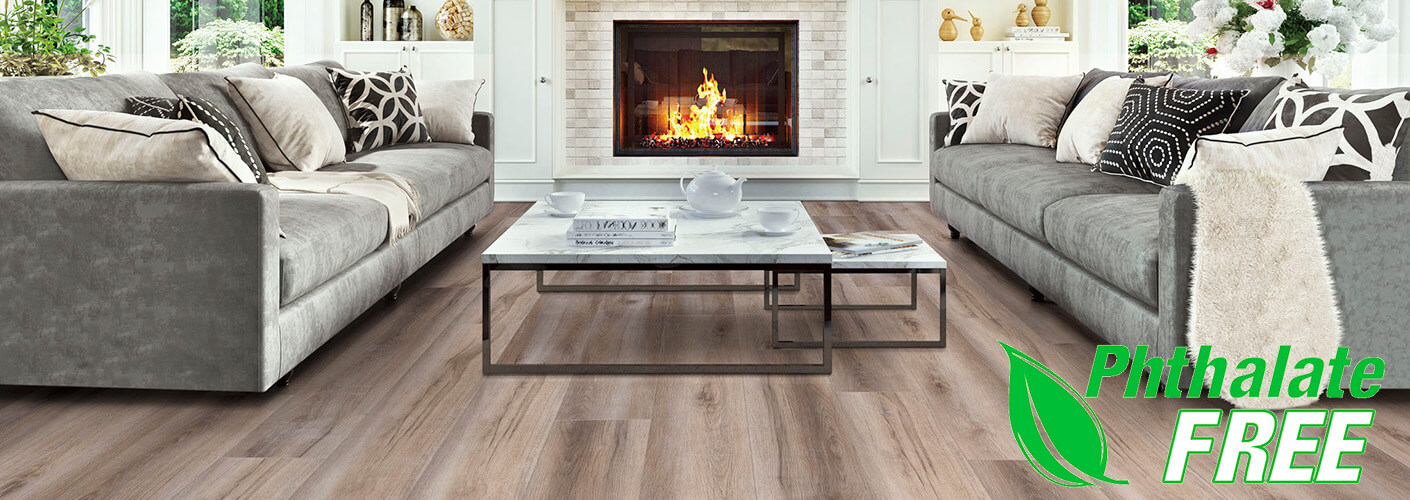
ask the mission collection: what is phthalate-free flooring?
Phthalates are a particular class of plasticizer, an element that gives polymers like PVC the flexibility needed to be made into things like flooring. While certain phthalates are commonly used, others are thought to be possibly detrimental to human health.
The Mission Collection supports measures to prioritize health and safety in our manufacturing processes and will include only phthalate-free LVT flooring for our collections.
Click below to see all of our stunning phthalate-free flooring collections!
ask the mission collection: what do all of your flooring certifications mean?
In 2016, the EPA published in the Federal Register a final rule to reduce exposure to formaldehyde emissions from certain wood products produced domestically or imported into the United States. The EPA worked with the California Air Resources Board (CARB) to help ensure the final National rule was consistent with California’s requirements for similar composite wood products.
This regulation focuses on formaldehyde emissions from materials including medium-density fiberboard, particleboard, and hardwood plywood. As of 2018, composite wood products sold, supplied, offered for sale, manufactured, or imported in the United States were required to be labeled as CARB ATCM Phase II or TSCA Title VI compliant.
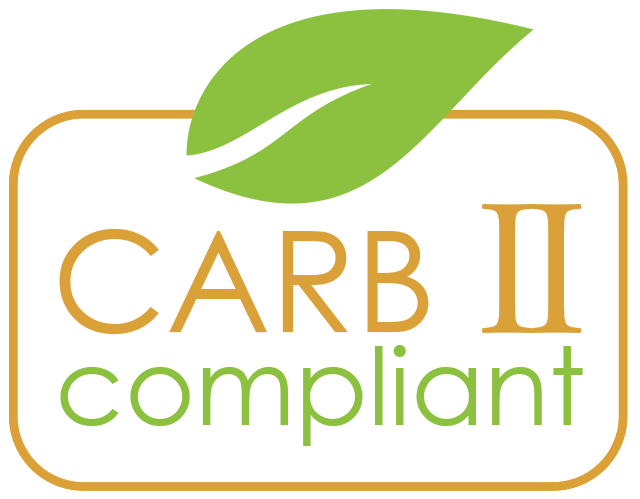
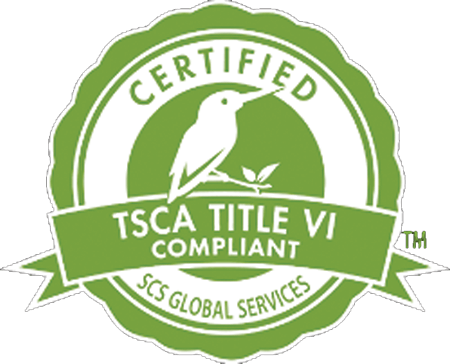
The most widely used indoor air quality (IAQ) certification standard for underlayments, adhesives, and hard surface flooring is called FloorScore®. It was created by SCS in collaboration with the Resilient Floor Covering Institute (RFCI), and SCS Global Services is the only organization authorized to certify it.
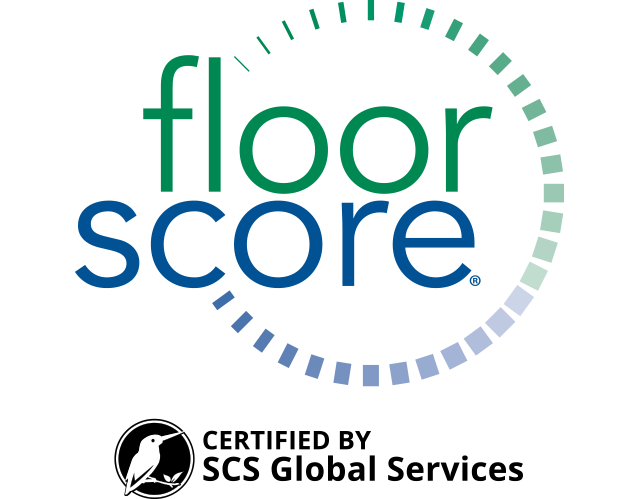
Phthalates are substances primarily used to soften plastics and vinyl’s in many consumer and industrial products. Around 90% of phthalates are used as plasticizers to improve the flexibility and durability of plastics and products made of polyvinylchloride (PVC). They can be found in a wide range of products, from plastics, paints, building materials, and vinyl floors, In addition to finding safer non-phthalate plasticizer alternatives for production, vinyl flooring producers who advertise that their products are “Phthalate Devoid” also guarantee that any recycled component is free of dangerous phthalates. All of the Mission and Palacio vinyl plank collections are Phthalate Free.
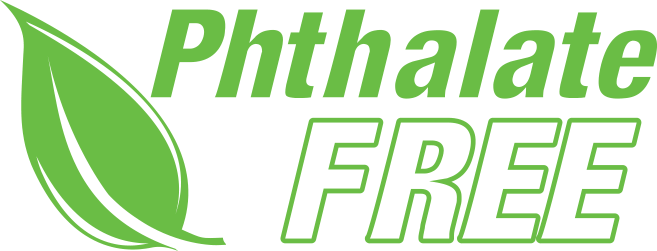
The Lacey Act is a US federal conservation law. It initially was enacted in 1900 to protect wildlife. It was amended in 2008 to include plants and plant products, including wood.
In the wood flooring industry, the Lacey Act deals with illegal logging. It prohibits the import, sale or trade of illegally harvested wood and other forest products in the United States.
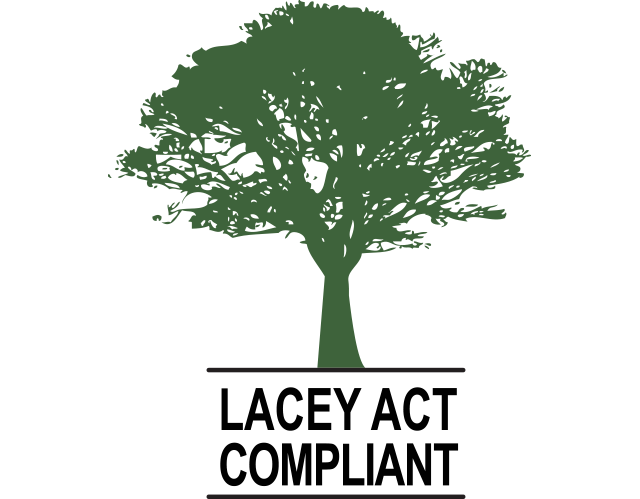
The USGBC aims to provide a standard certification process and register buildings that are constructed with certain goals in mind: environmental performance, efficiency, occupant health, and well-being. A building receives a certain number of points toward varying levels of certification based on the various categories. Products with this mark have specifications that may be used to apply to LEED Building Credits.
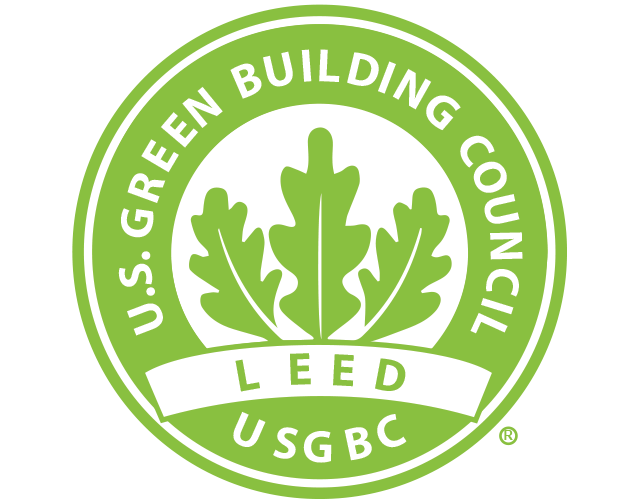
This program ensures that manufacturers create products with low levels of chemical emissions to help ensure natural and healthy air quality. The Greenguard Gold Certification Program ensures that products installed in the home or other spaces meet the strictest air quality criteria in the industry.
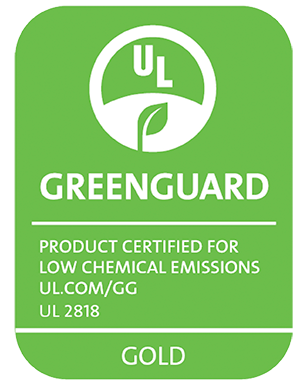
The Environmental Protection Agency protects people and the environment from significant health risks, sponsors and conducts research, and develops and enforces environmental regulations.
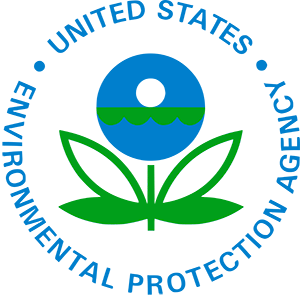
ask the mission collection: What are the Best Ways to Clean Hardwood Floors?
Listed below are some basic steps for maintaining your floors. Be sure to follow the directions for your specific floor as they may vary from the general guideline tips listed here.
1. Vacuum or sweep hardwood floors
The techniques for cleaning wood floors are the same whether the wood is oak, pine, solid
hardwood, or engineered floors. It’s always best to refer to your floors’ specific Care and
Maintenance instructions.
Getting rid of dust or other debris that could harm or discolor hardwood floors is the first
step in learning how to clean them properly. Regardless of the type of wood floor, you have,
sweeping and vacuuming work well. The best strategy is to make caring for your investment a
regular habit.
- For daily wood floor cleaning, use a brush or hardwood floor mop. Removing dust and any abrasive debris such as sand will help avoid scratching the finish. Use a microfiber dust mop pre-treated with the recommended cleaner to remove spots or spills.
- Once a week, vacuum your hardwood floor. Use the “hard floor” setting on your vacuum. This elevates the vacuum, turns off the brush roll, and relies solely on suction.
- Always turn off the brush roll when vacuuming hardwood floors since it can harm the surface. In comparison to models with hard plastic wheels, certain models have rubber wheels, which are less likely to cause scratches.
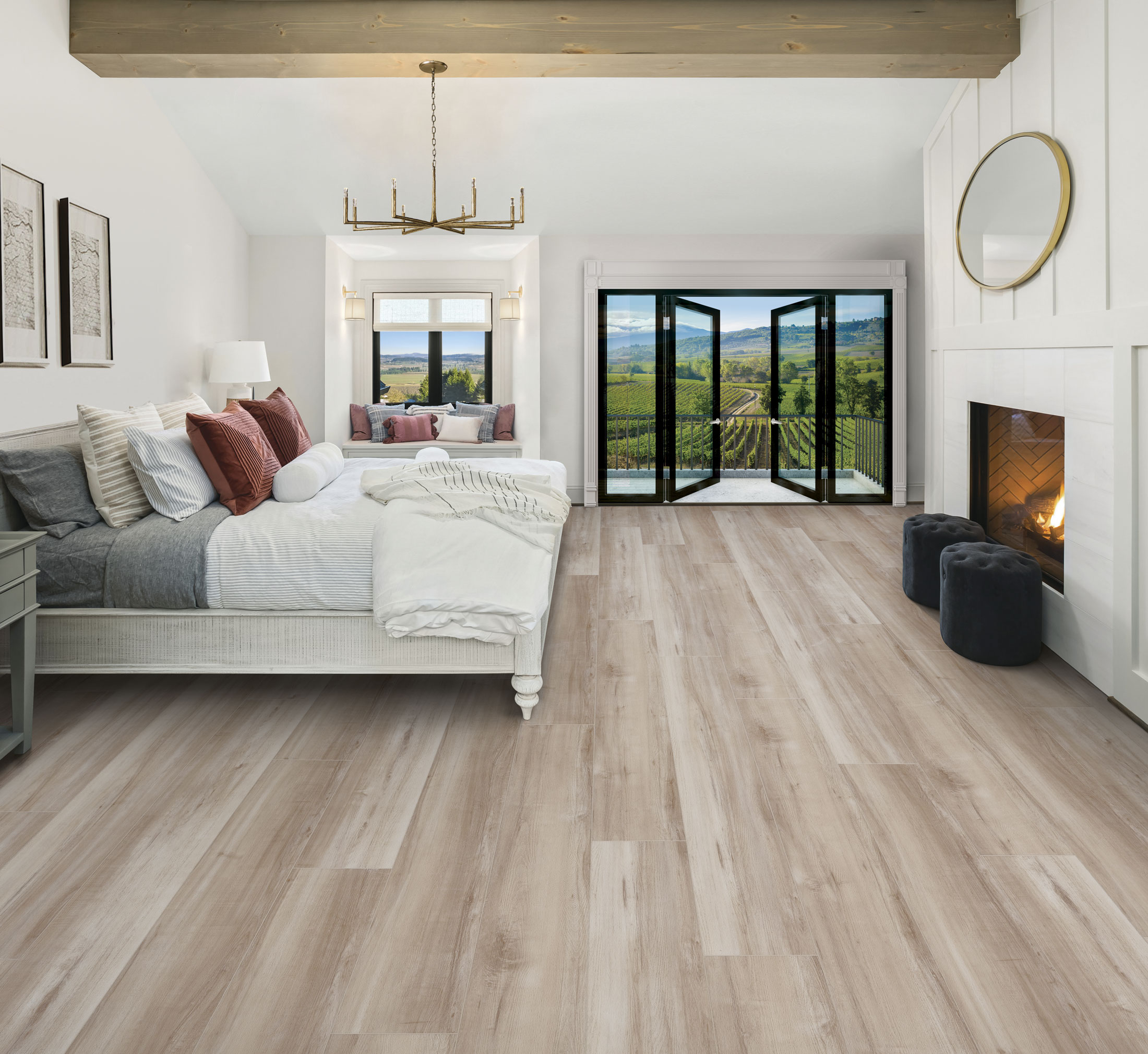
2. Wipe down hardwood floors
Heavy traffic areas should be cleaned more frequently, once or twice a week. The manufacturer’s
directions should be followed while using a flat mop and hardwood floor cleaner to clean
hardwood floors.
- Because excessive water can damage wood floors, when cleaning hardwood floors, be sure to wring the majority of the water from the mop so that it is moist rather than drenched. Be sure to rinse the mop frequently to ensure your floors are clean.
- Because it can harm the wood, don’t leave any standing water on the floor. Particularly in the case of prefinished hardwood flooring.
- You can also use disposable wet pads that are appropriate for hardwood floors or a spray-and-mop product.
- Hardwood floor steam cleaning is not recommended for any type of hardwood flooring. Steam can harm the wood and ruin the finish.
- When mopping your hardwood floors, avoid using any type of homemade wood floor cleaners that contain vinegar because they can harm the finish.
- Avoid using abrasive detergents that will dull your floors’ surface. Additionally, you shouldn’t clean hardwood floors with any type of tile or vinyl floor cleaner as these chemicals can damage the finish on your hardwood flooring. Advice: Your flooring should dry rather rapidly. By using a microfiber towel to dry the floor or putting on a ceiling fan, you can hasten the process
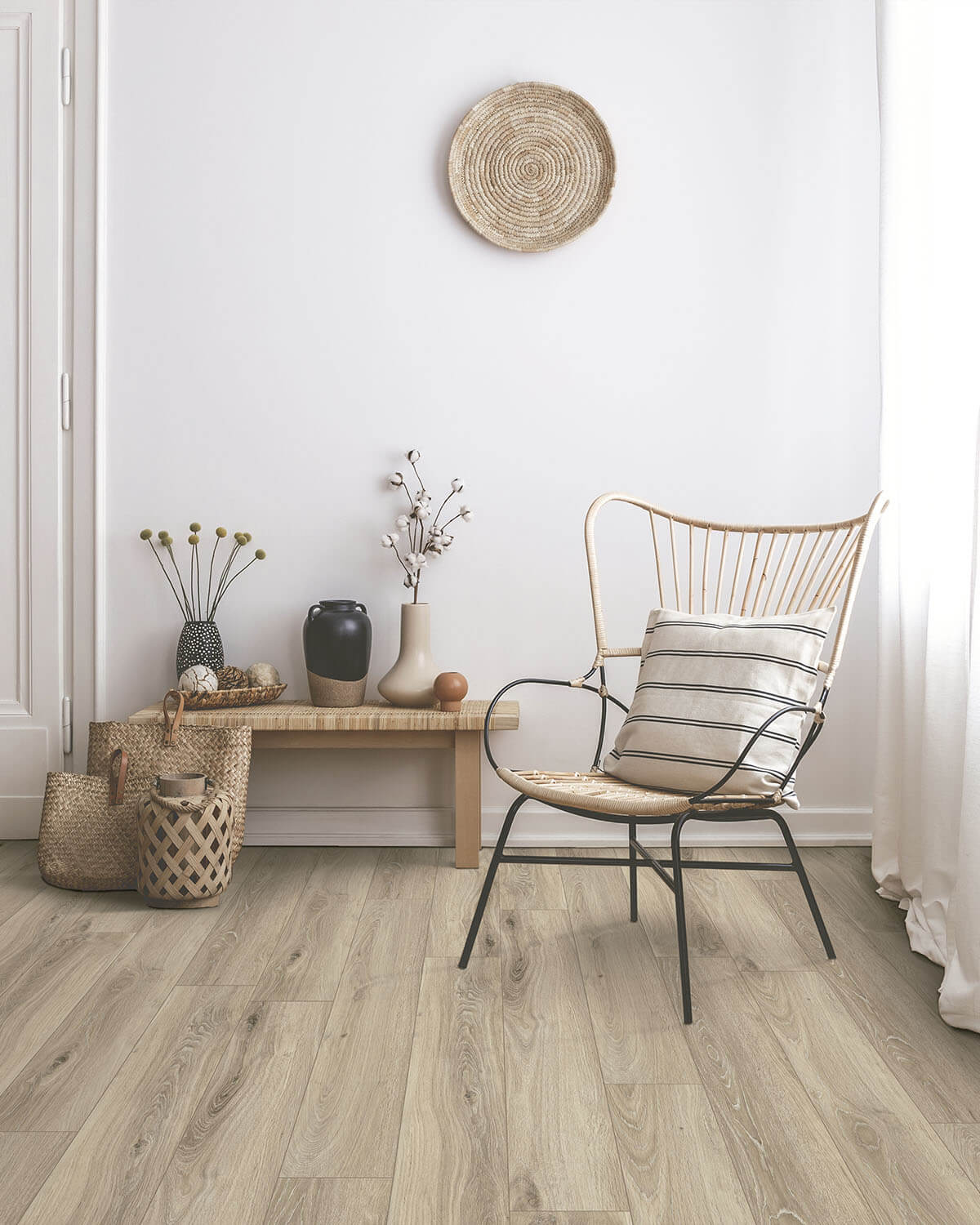
3. Refresh Your Floors
Taking care of stray scratches and dullness is part of understanding how to clean hardwood
floors.
Here are some simple fixes:
- Try liquid concealers for scratches. They make a durable seal when they are dry that won’t come off when cleaning. Make sure to choose a concealer that closely matches the color of the finish on your floor.
- Other floor protection supplies include touch-up, scratch, and repair kits.
- If your hardwood floor has excessive overall scratching from wear, it may be possible to refresh it by lightly sanding and recoating the floor with finish to refurbish the original luster. This process should only be done by a flooring specialist. Be sure to consult your retail flooring professional before any refreshment process is attempted.
- NOTE: Depending on the texture and stain of the original floor, the sanding may permanently change the flooring visual. Sanding the floor in any manner will void the original finish warranty.

4. Safeguard hardwood floors
- You can keep dirt off your flooring by using mats. Place a door mat at each entry to your house so that guests can clean their feet before entering. Floor mats should also collect any rocks or other small objects that can scratch the wood.
- High-traffic regions are more prone to scuffing and wear. Rugs can shield the floor from abrasion where people and animals frequently walk.
- On hardwood floors, your furniture might leave significant scratches. Furniture and the floor can be separated by rugs.
- Use furniture pads on the legs of chairs, sofas, and tables if you don’t want to cover your wood flooring with rugs.
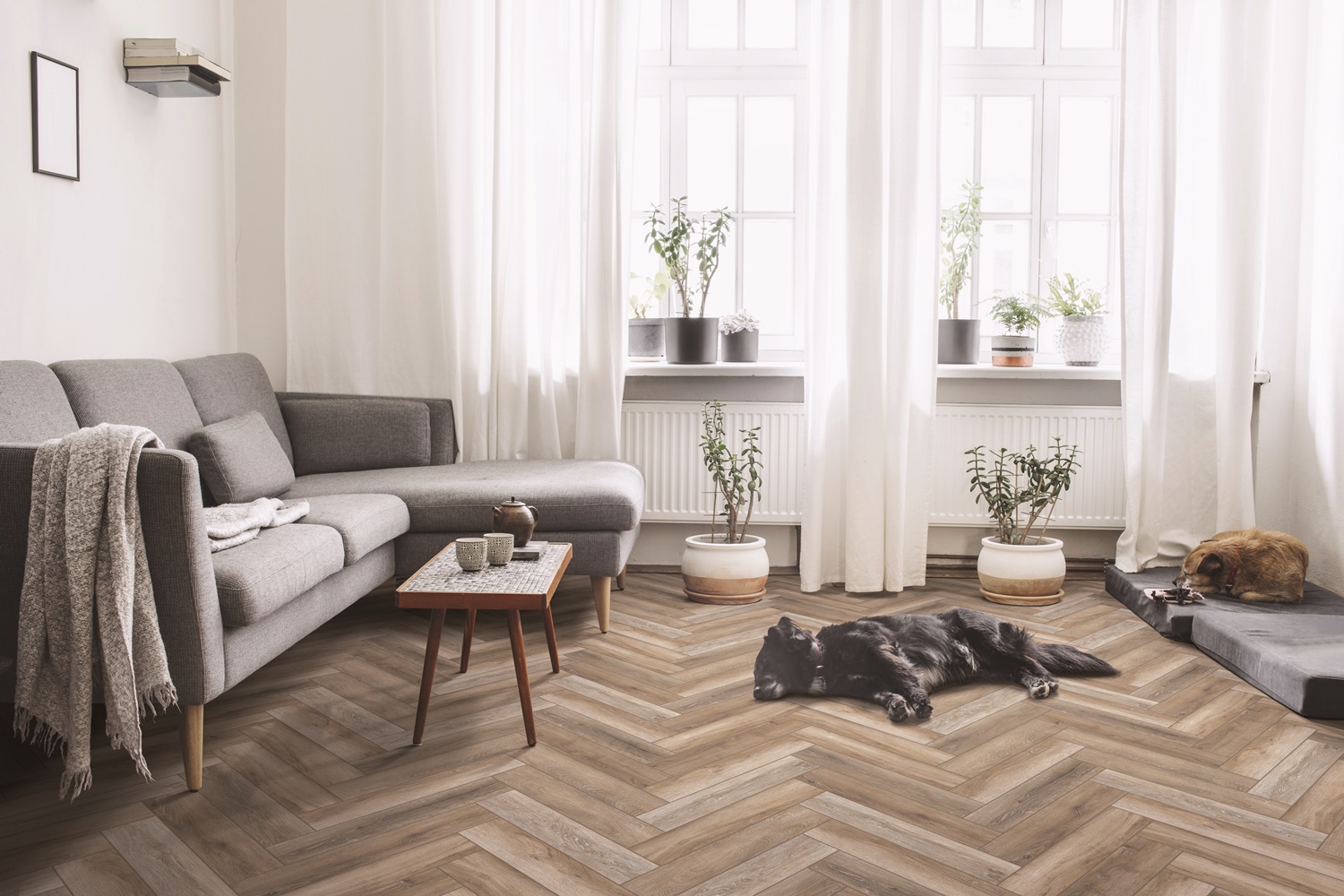
ask the mission collection: What are the Best Ways to Clean Luxury Vinyl Floors?
Listed below are a few basic steps for maintaining your floors. Be sure to follow the directions for your specific floor as they may vary from the general guideline tips listed here.
- Use non-staining mats. Natural or synthetic rubber-backed area rugs may discolor vinyl floors.
- Use felt or floor protector pads under all furniture.
- Use walk-off mats at entrances to prevent dirt and grit from being tracked onto the floor.
- Dust mop or vacuum your floor to remove any dirt or debris.
- DO NOT USE vacuums that use a beater bar or turn the beater bar off.
- DO NOT USE electric brooms with hard plastic bottoms with no padding.
- Clean up spills immediately.
- Damp mop as needed using clean water and a diluted Neutral pH floor cleaner in cool water or ready-to-use spray cleaner that will not leave a residue.
- DO NOT USE harsh cleaners or chemicals on the floor and avoid using abrasive scrubbing tools as these will adversely affect the surface texture.
- DO NOT USE any type of ‘mop and shine’ products on your luxury vinyl flooring.
- Vinyl Flooring, like other types of smooth floors, may become slippery when wet. Allow time for the floor to dry after washing.
- Immediately wipe up wet areas from spills, foreign substances, or wet feet.
Do you already have Mission Collection floors in your home? Looking for the Care & Maintenance info for your floors? We have all of our collections’ Care & Maintenance info sheets linked here.
Resources